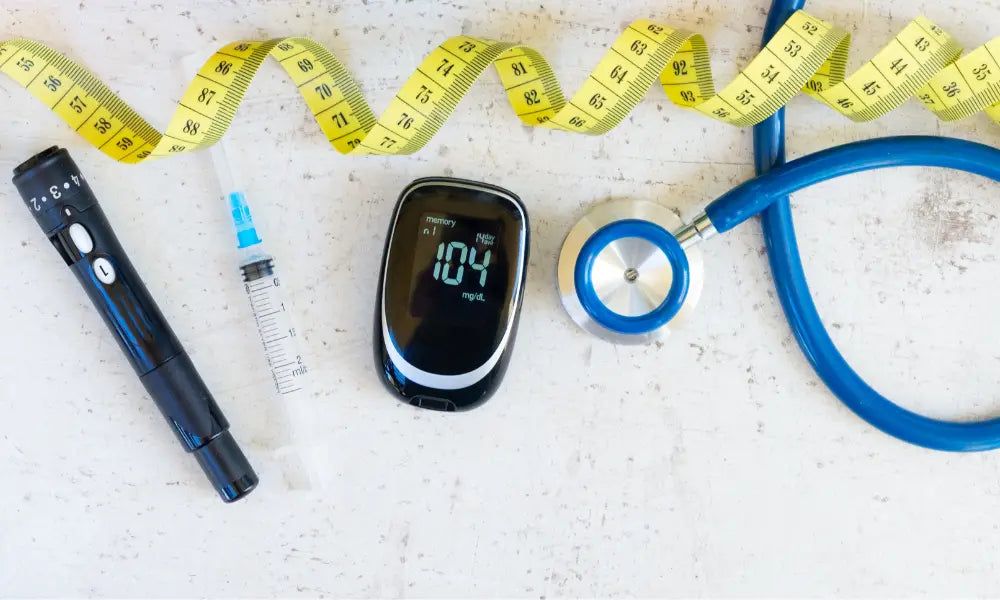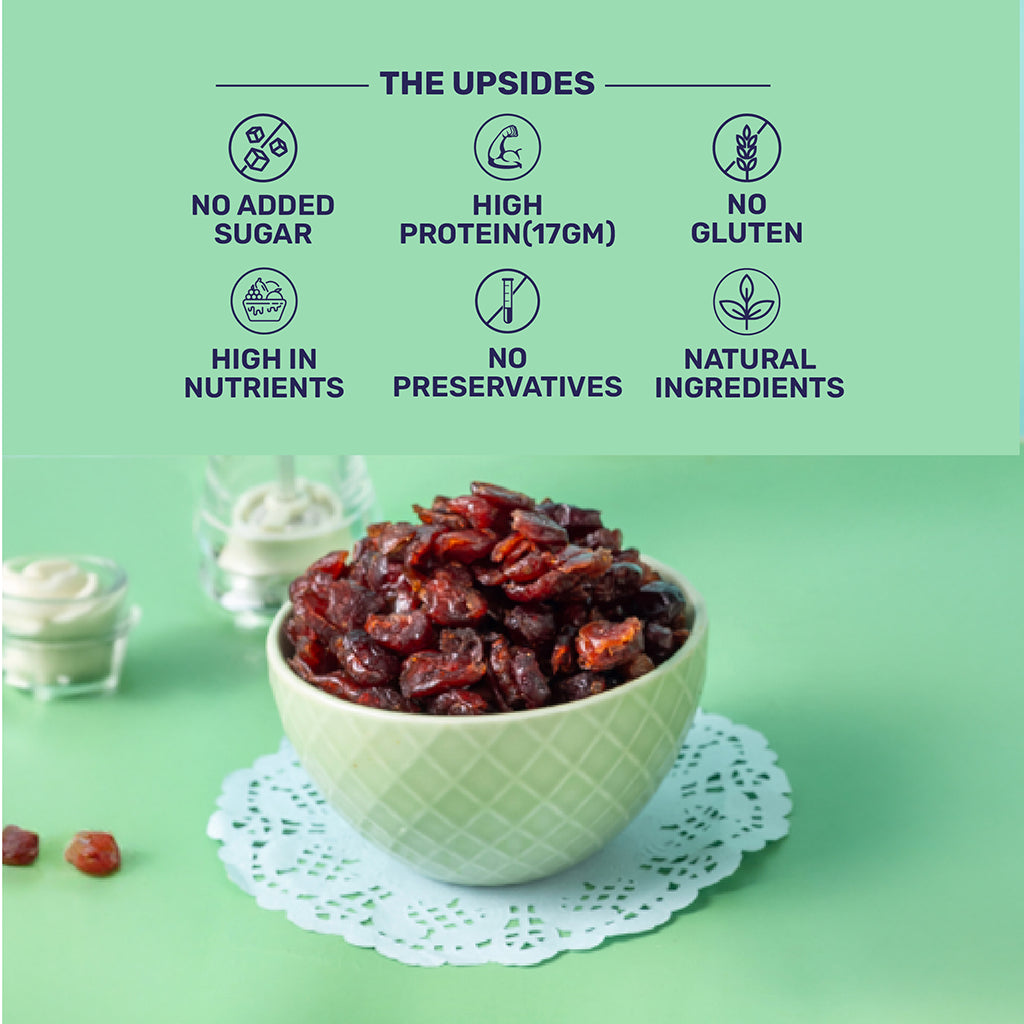
Simple & Practical Tips for Healthy Eating
- Eat more non-starchy vegetables: Non-starchy vegetables are nutrient-rich, low in carbohydrates, and can help reduce inflammation, which is associated with diabetes.
- Incorporate nuts and seeds: Nuts and seeds are rich in healthy fats, fiber, vitamins, minerals, and antioxidants. They can improve cardiovascular health and help prevent type 2 diabetes.
- Choose foods low on the glycemic index (GI): Lower GI foods have a smaller impact on blood sugar levels. Non-starchy vegetables and combining high-GI foods with protein or fat can help lower glucose response.
- Consume high-fiber foods: Fiber slows down digestion, adds bulk to meals, and can improve cardiovascular health. Beans, lentils, non-starchy vegetables, nuts, seeds, and whole grains are high in fiber.
- Opt for whole fruits paired with protein: Whole fruits provide essential nutrients and fiber but should be consumed in moderation due to their natural sugar content. Pairing fruit with protein can help lower glucose response.
- Include good quality protein sources: Protein does not raise blood glucose levels and can help slow down the digestion of carbohydrates. Meat, poultry, fish, dairy products, eggs, tofu, tempeh, beans, and lentils are good sources of protein.
- Practice meal sequencing: Eating protein before carbohydrates can improve glucose response and help suppress appetite.
- Stay hydrated: Dehydration can increase blood glucose concentration, so it's essential to stay hydrated. Men should consume around 15.5 cups of fluid daily, while women should aim for 11.5 cups.
- Avoid added sugars and refined carbohydrates: Processed foods often contain added sugars, and refined carbohydrates can lead to higher glucose response. Checking labels and choosing whole grains is important.
- Discover your personal carbohydrate threshold: People respond differently to carbohydrates, so finding the amount you can tolerate without a significant glucose response is beneficial.
- Limit grazing and snacking: Regular snacking can lead to increased insulin release, so it's important to give the pancreas time to rest between meals.








Comments (0)
Back to Learn